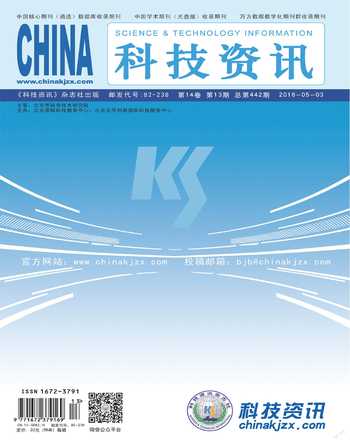復雜地質條件下壩區初始地應力場二次反演分析研究報告
李海波 裴啟濤 劉亞群
摘要:為準確獲得南水北調西線工程加塔壩區初始地應力分布規律,提出綜合反映工程區復雜地質條件及地層剝蝕過程的地應力場二次反演方法。首先,主要考慮工程附近大區域內的地形地貌、斷層褶皺及河谷的發育演化史等因素,建立壩區大尺度計算模型,采用遺傳神經網絡法及FLAC3D計算程序對壩區初始地應力場進行一次反演;然后,考慮壩區附近主要地質構造,建立小尺度精細模型,通過從一次反演中提取小范圍模型邊界上的應力值進行擬合,初步獲得精細模型的非線性邊界條件,并采用遺傳神經網絡法對邊界參數進行優化,對初始地應力場進行二次反演。研究結果表明:一次反演計算獲得的初始地應力場在局部構造附近與實測值相差較大;二次反演考慮局部地質構造的影響,同時結合一次反演的計算成果,各測點的應力計算值與實測值吻合更好。
關鍵詞:地應力場;反演;地層剝蝕;非線性邊界;遺傳神經網絡
Abstract:In order to accurately obtain the distribution rule of initial geostress field in Jiata dam area in west route of South-to-North water transfer project,a new two-stage back analysis method of initial geostress field which considers the complex geological conditions and the ground denudation process is presented. Firstly,considering mainly the influence of topography,faults,folds,and developmental history of river valleys,a large-scale calculation model for the dam area is established. And the genetic neural network method as well as FLAC3D is applied to the first-stage back analysis of initial geostress field. Then,considering the main geological structures in the vicinity of the dam area,a small-scale refined model is created. The preliminary non-linear boundary conditions of the refined model can be obtained by fitting the stress values which are extracted from the large-scale model of the first-stage back analysis. After that,calculation for the second-stage back analysis of geostress field is conducted by optimizing the boundary parameters based on genetic neural network method. It is shown that the difference between the calculated results and the measured data is large in the vicinity of the local geological structures during the first-stage back analysis. And the calculated results are much closer to measured data in the second-stage back analysis by considering the small geological structures as well as the results in the first-stage back analysis. Therefore,the proposed method in this paper provides great reference to similar projects.
Keywords:geostress field;back analysis;ground denudation;non-linear boundary;genetic neural network

